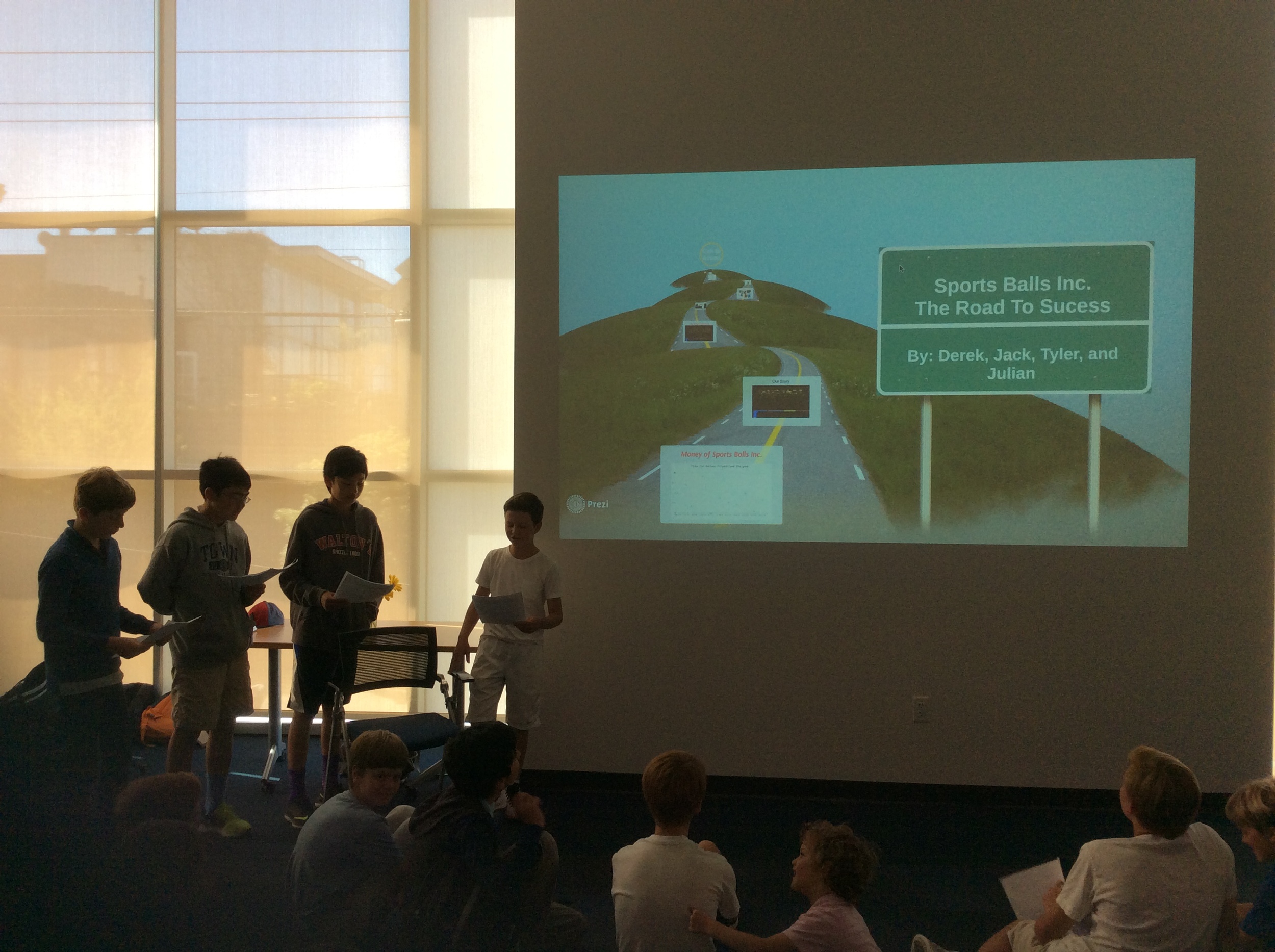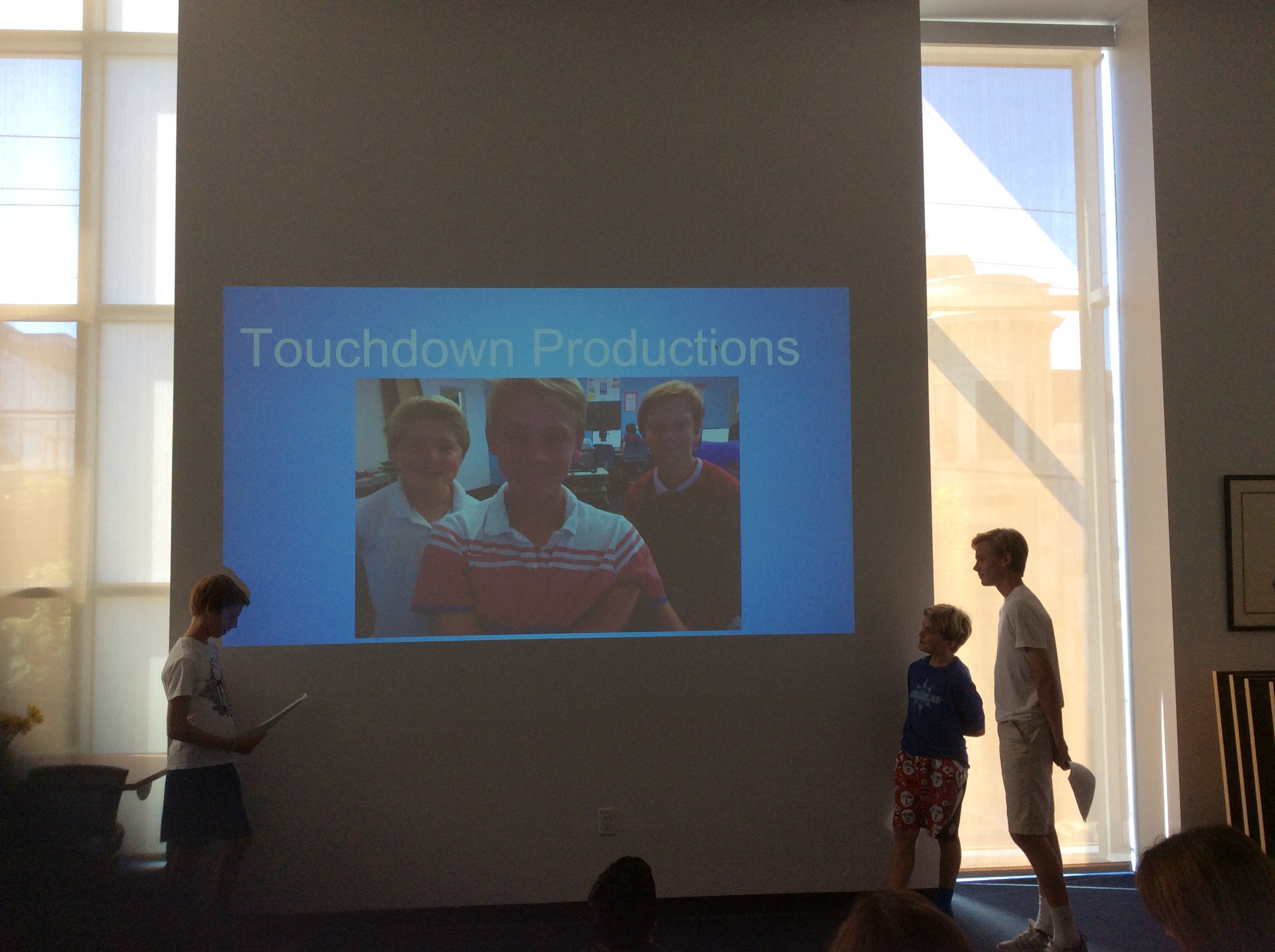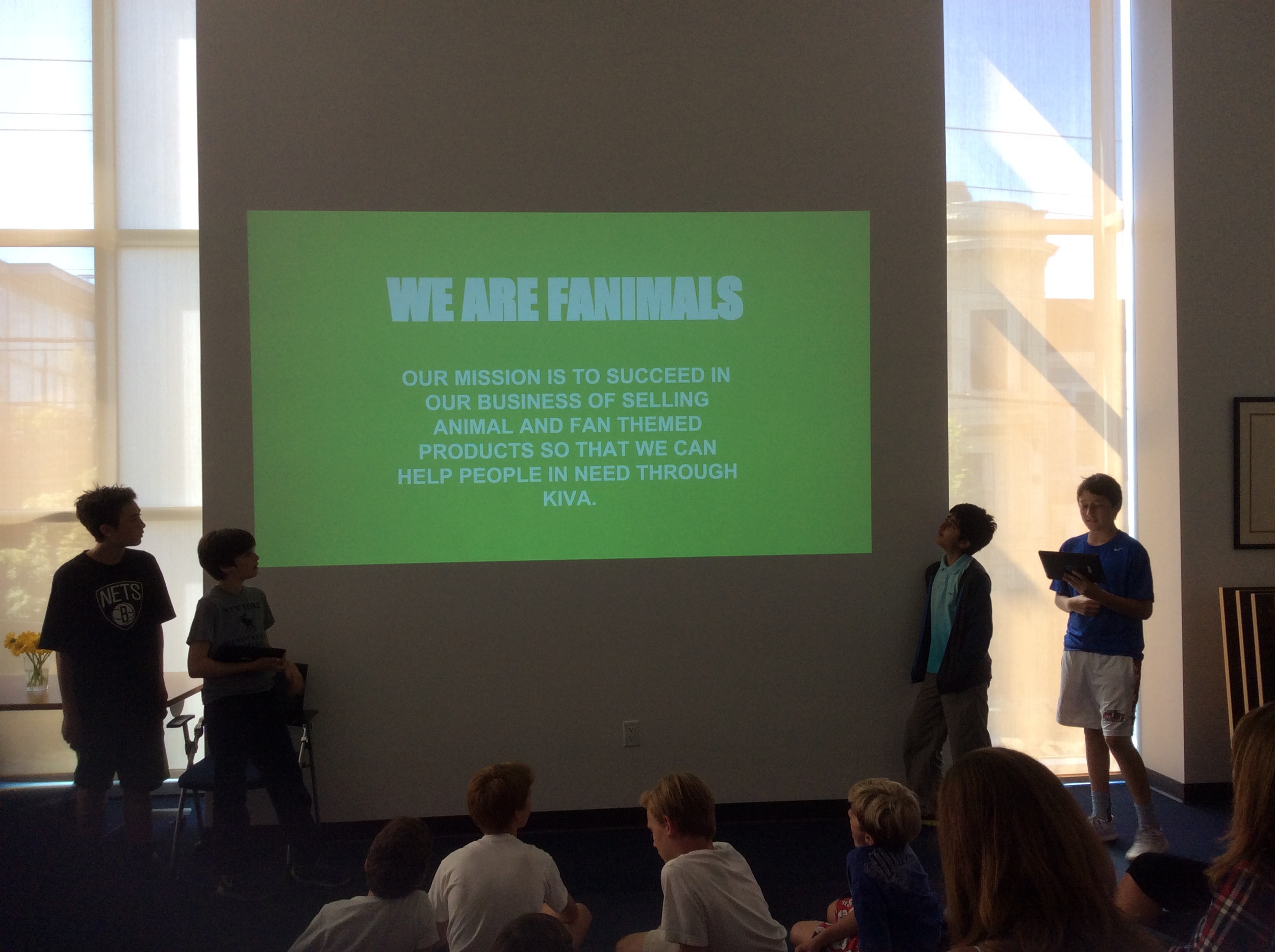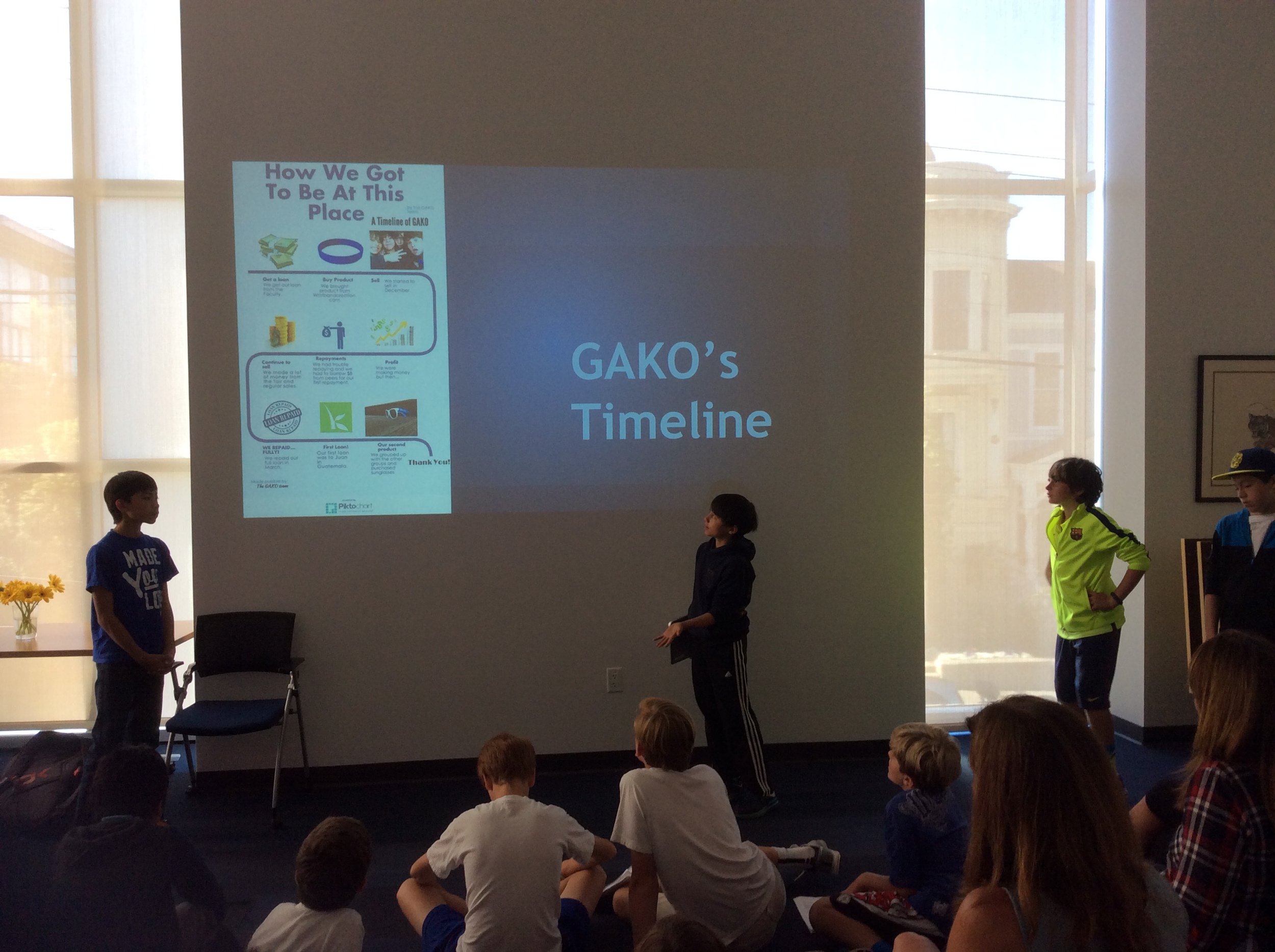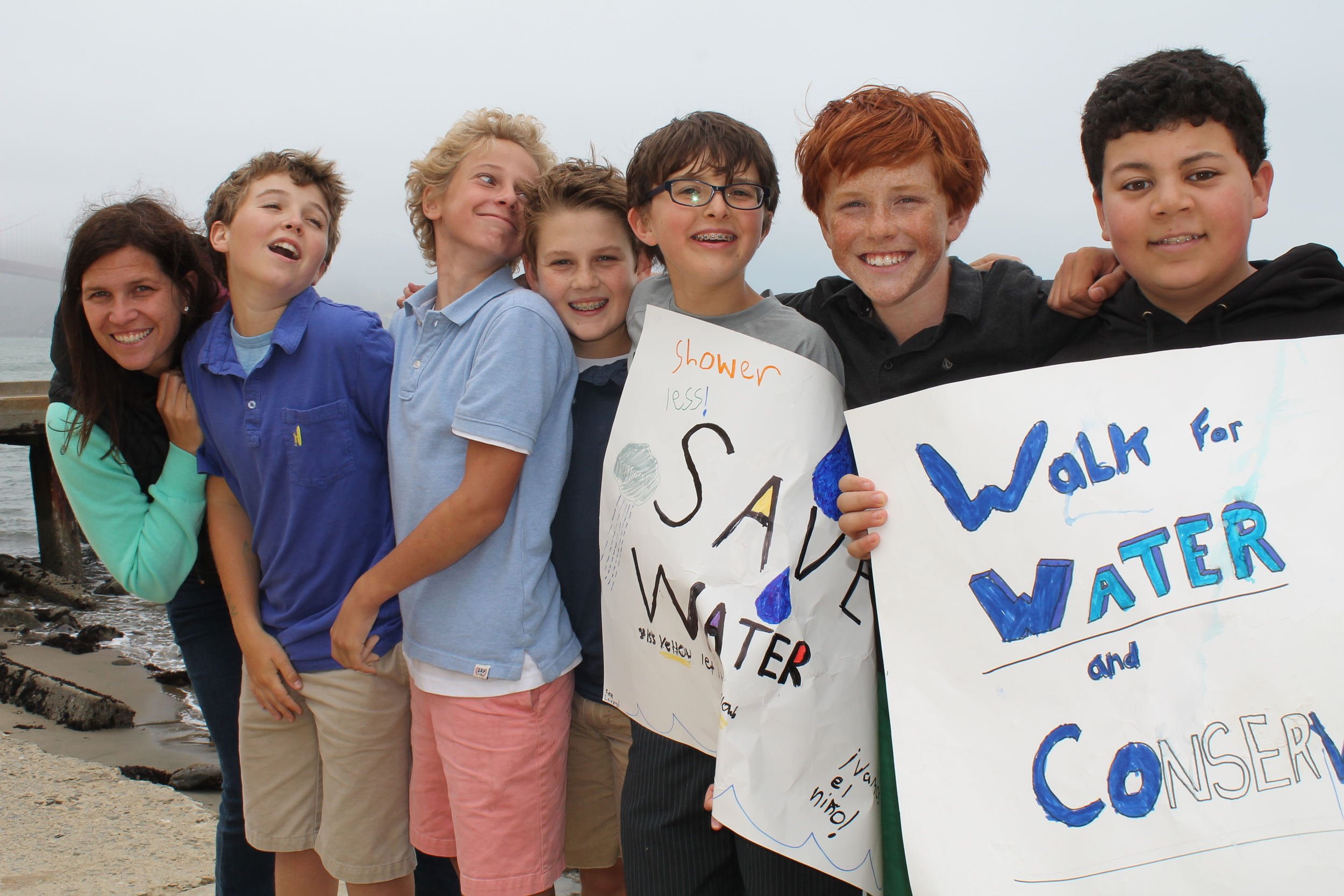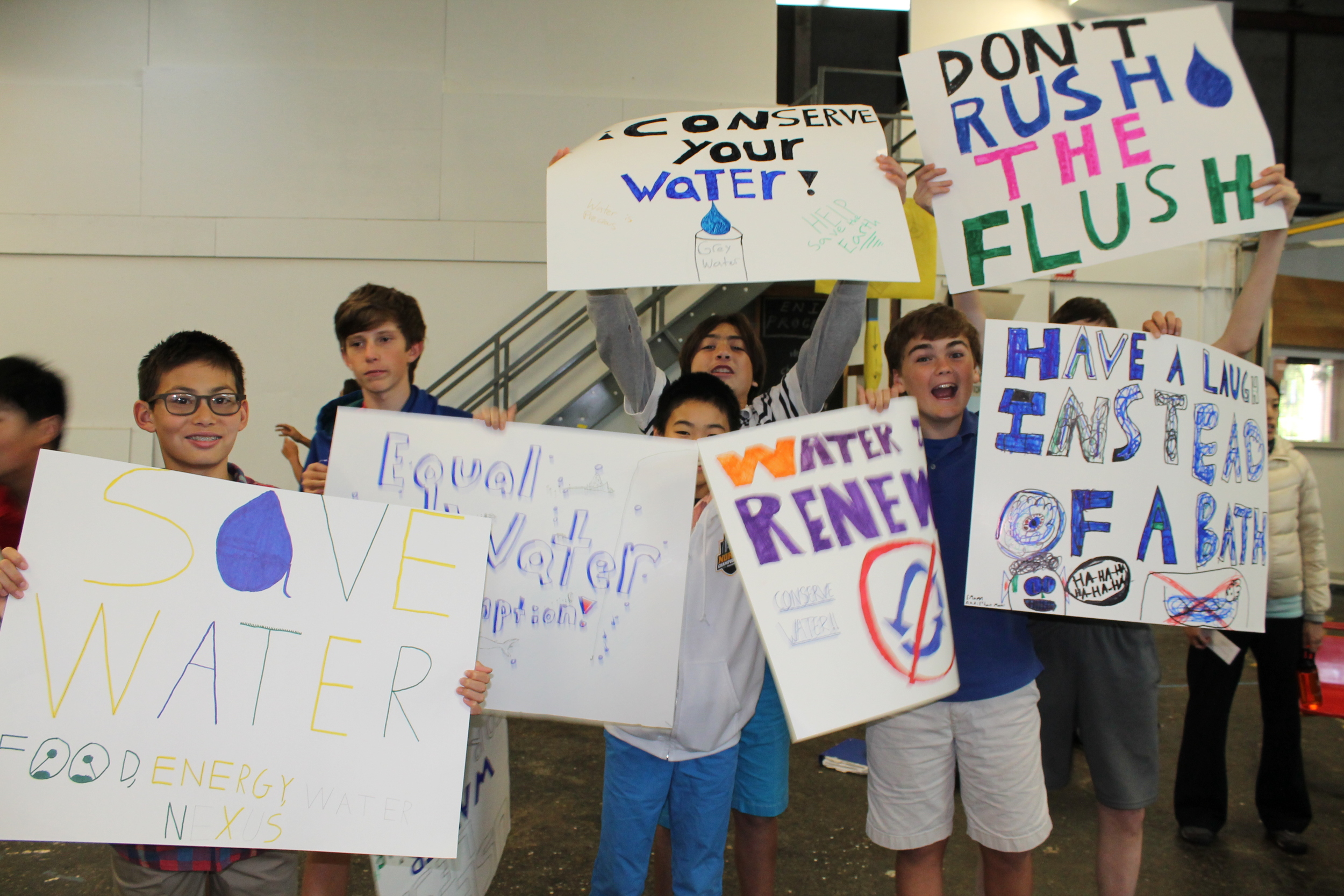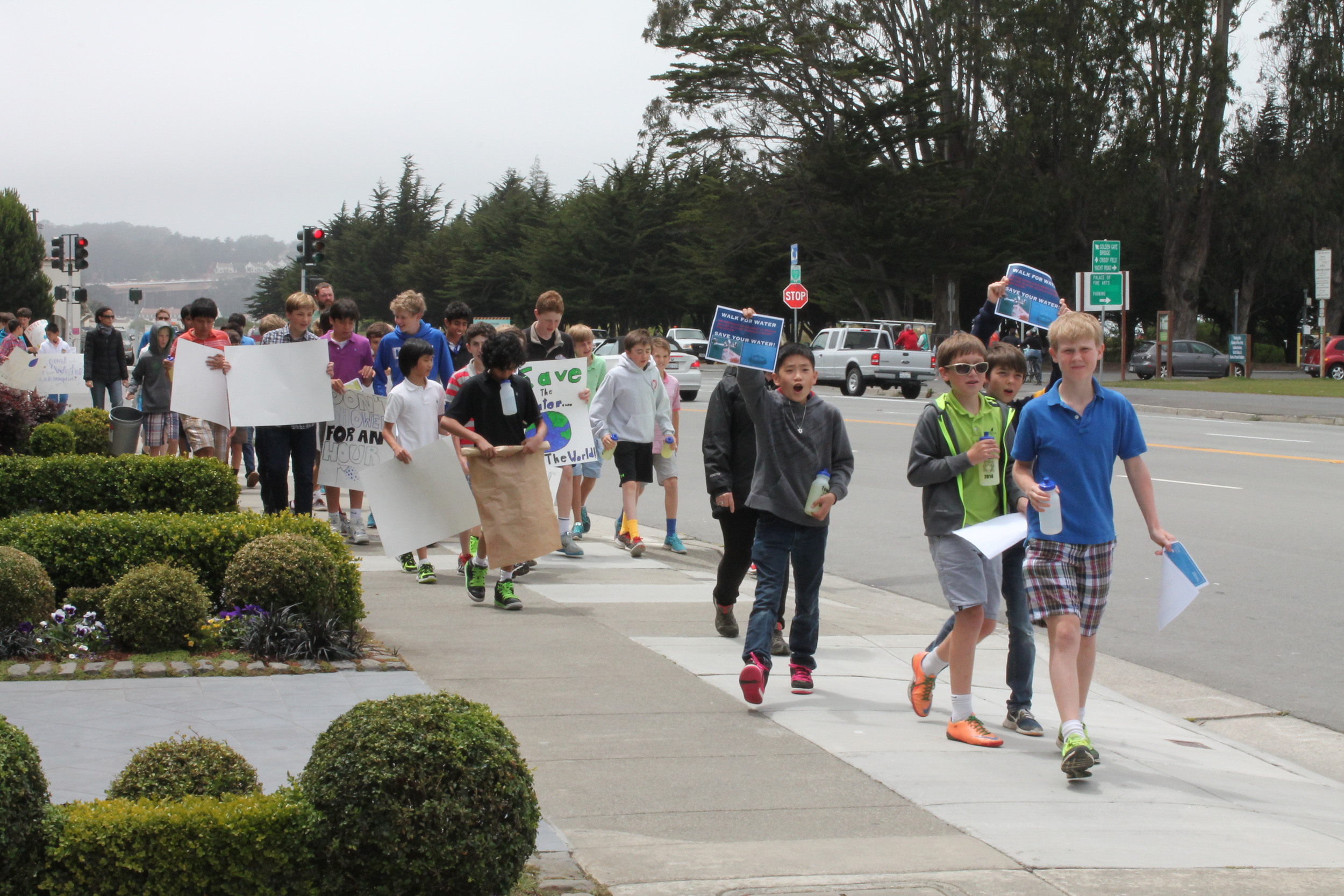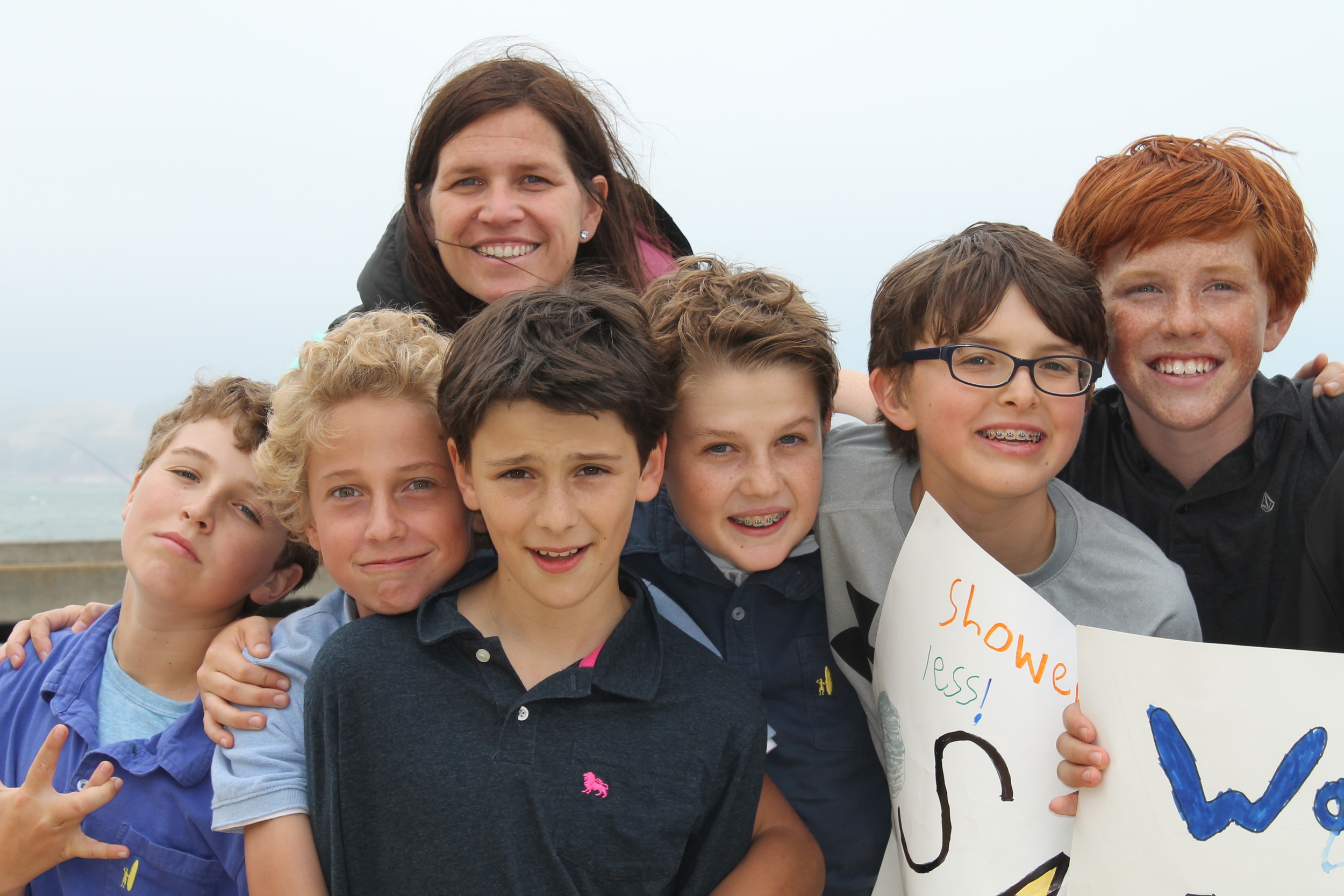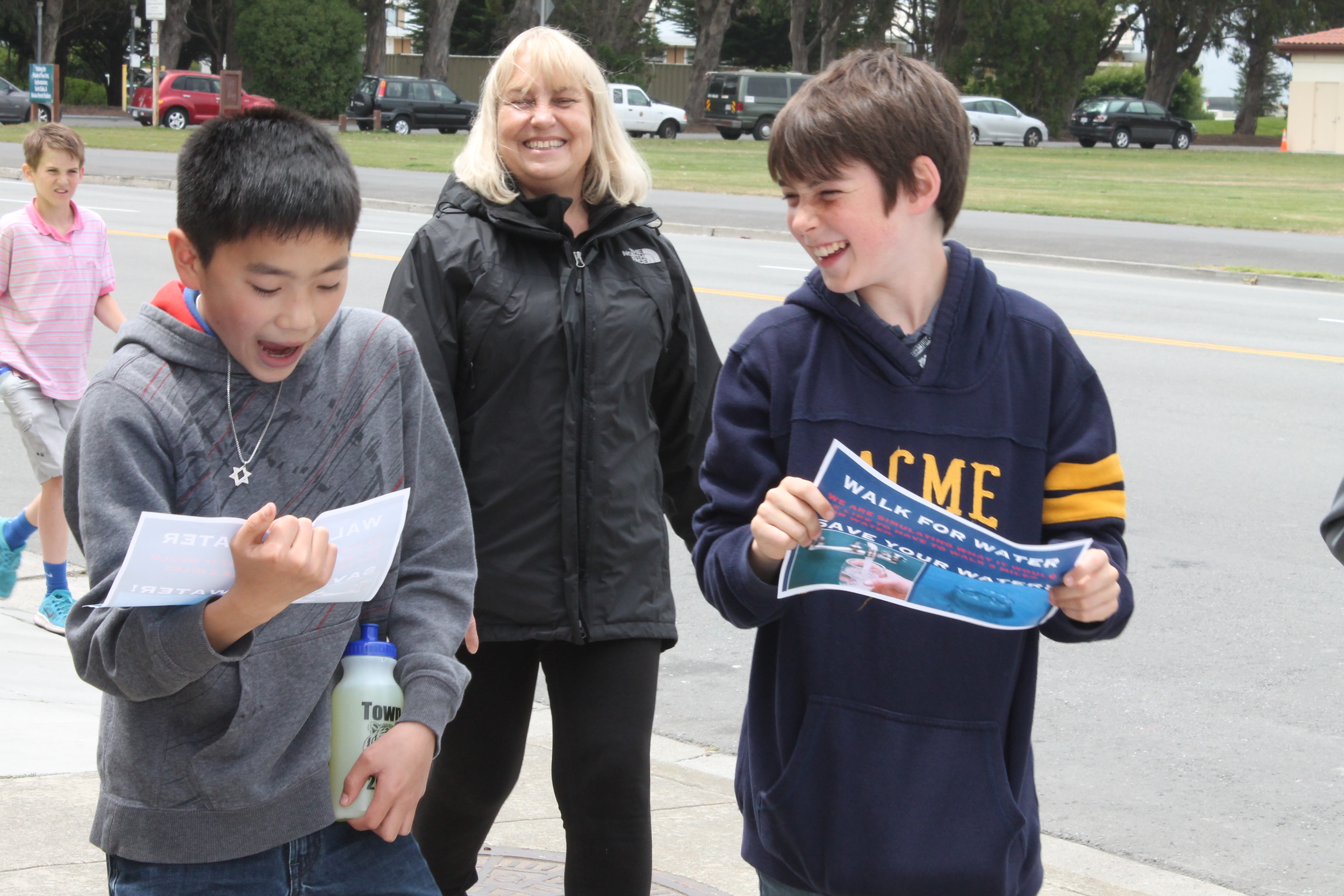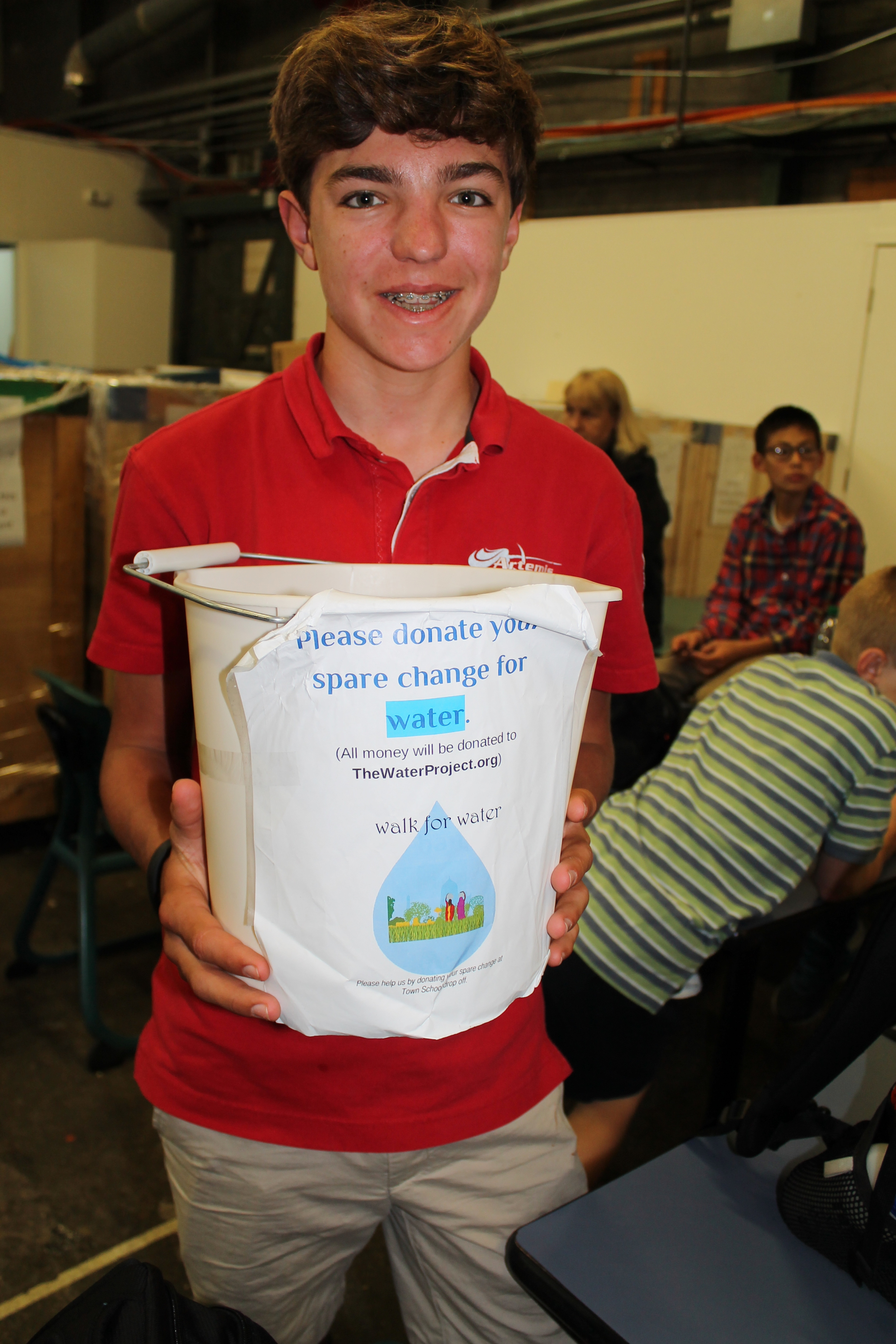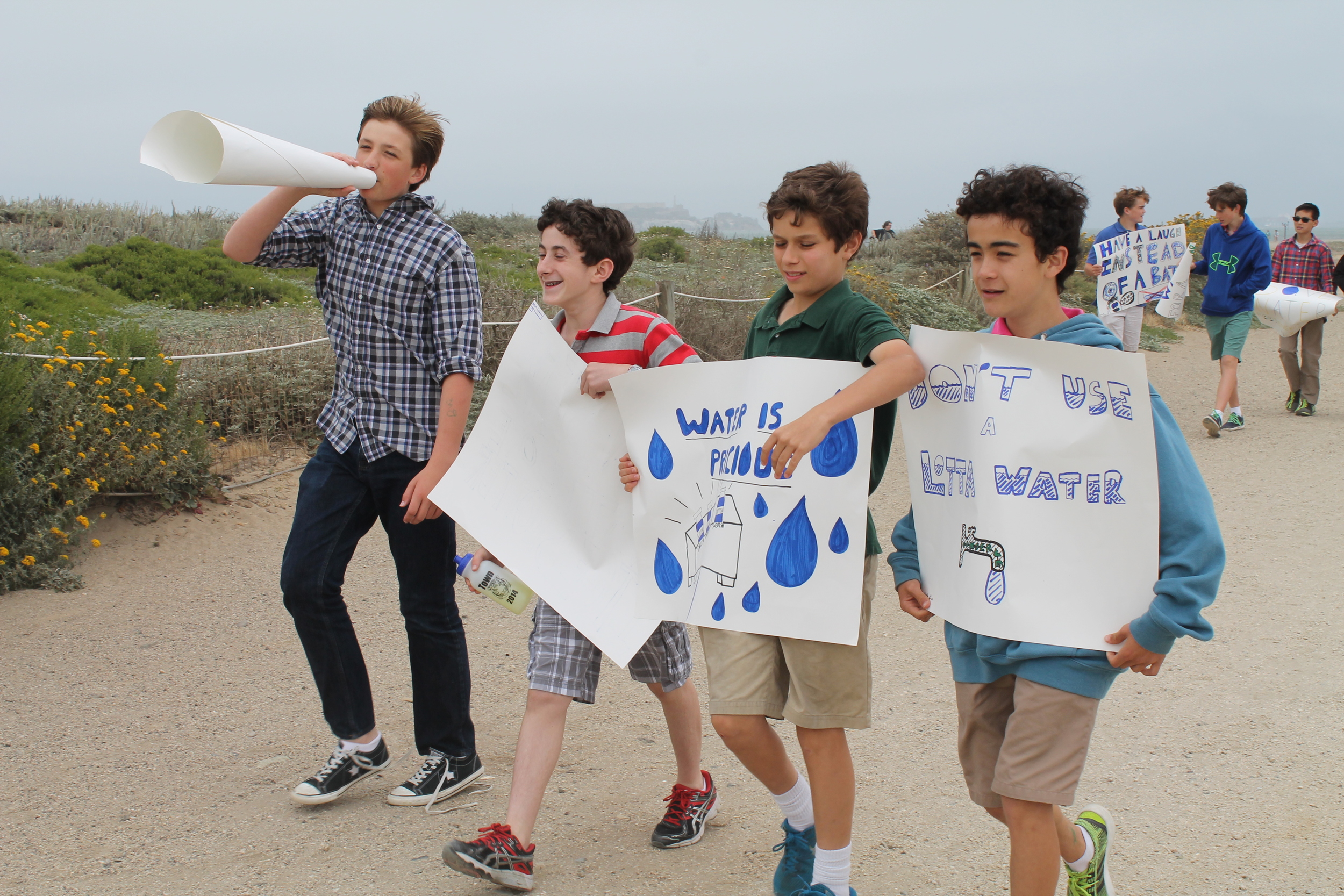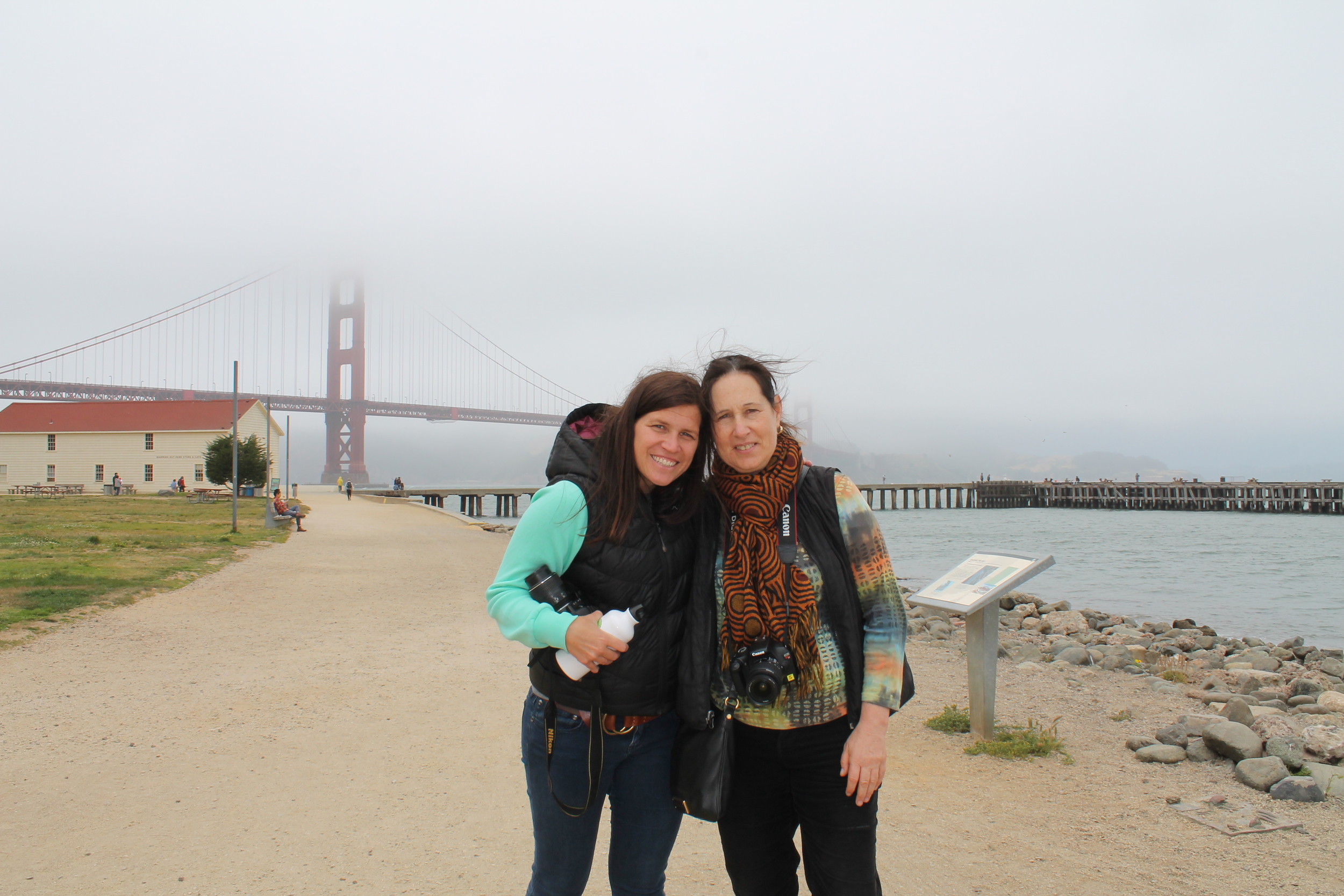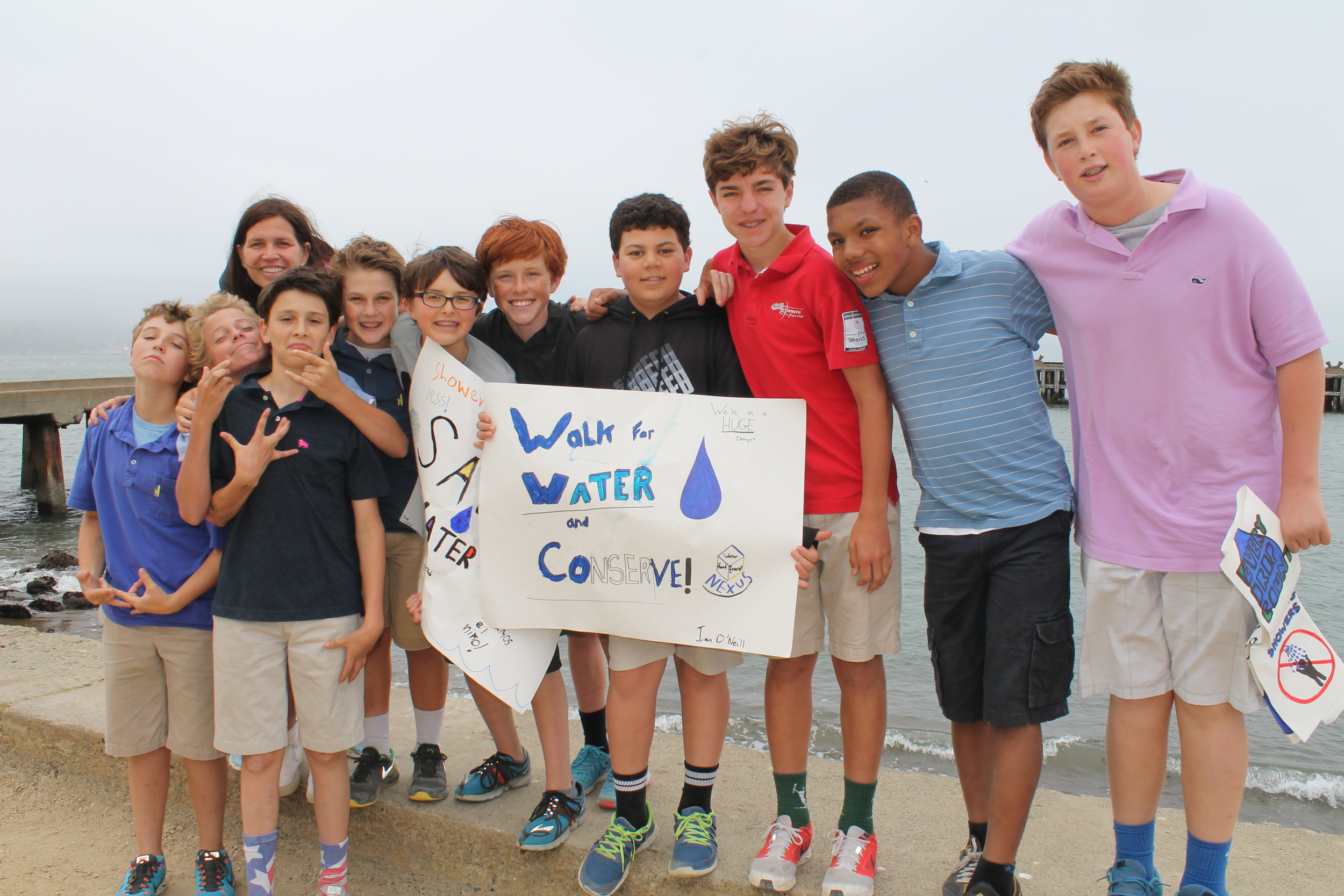With the goal in mind to teach graphing AND taking a closer look at how global poverty effects people in many ways, we decided to watch Living on One's Change series and incorporate the creation of and identification of appropriate graphs into the unit. It was interesting to listen to the boys reflect on the variety of ways that living in a state of extreme poverty can effect your life. The boys were thoughtful in their statements and really began to connect with the film series. Feel free to read about the 2 weeks leading up to this to understand the context.
***The lesson plan we created to compliment the series can be found here***
While I recall both the emotional and intellectual conversations that went into the daily routines, it has been a few weeks since we completed this project and I thought it be best to share statement from the boys. I apologize, we have been busy:) Here are a few direct statements.
Natural Disaster Responses:
"I think that it's sad that what people worked for is all gone at a snap of a finger"-Brandon
"I think that it is sad that if your just surviving without any disasters and then when one happens you have almost nothing and there is very little money that you have to rebuild your life"-Josh
"I wonder how they survived after the hurricane and how they were able to afford their food. I also wonder how long it took them to get back to how they used to live".-GJ
"It seems very hard to live like that because all that you work for to get enough money to LIVE, is all gone when this disastrous problem appears, and I noticed how the man said after the hurricane two years before now, all the crops, all the corn, everything was destroyed, and the only thing he could do was work even harder to live his life like he used to" -Roger
Employment Responses:
"I thought it was sad that almost no one in Pena Blanca actually had some kind of steady job, and that most people were farmers or laborers. I think that Guatemala has to take these concerns seriously and needs to seriously invest in new infrastructure. And like John said, giving them money is not going to solve the problem. These people actually need some source of income, not a handout that will last them a year or so. Guatemala must also find new ways to create jobs so people like Victor have an opportunity to have a better life." -Cassius
I think that the government in some some countries should try to make more job opportunities that are formal. It was crazy that in Peña Blanca, there were only a few people with formal jobs. And the people that DID have formal jobs were so excited about having a job like sweeping the floor in hotels and cleaning toilets. -Ben
"When you can't make money then your kids can't go to school and then they can't get a good job so the circle continues."-Charlie
"There was a connection that was with the farmers having to deal with living on $1 a day or even less sometimes. I connect to other people in the world have the same issue and it made me think that if one plant goes bad your paycheck goes down." - Spencer
This glimpse of commentary above is just that, a glimpse. The boys spent hours talking about what they learned from the screening of the film Living On One and the gathering of data. They found connections between geographic areas and statistics and challenged me through perspectives I hadn't considered. Example: "Why are all the poverty stricken countries in the southern hemisphere?" These boys and enabled me to see both the statistics and their own critical thinking skills in ways I hadn't before.
Engage in this experience. Bring real world MATH into your classroom. I promise you it will give you a change series of your own. #livingonone













